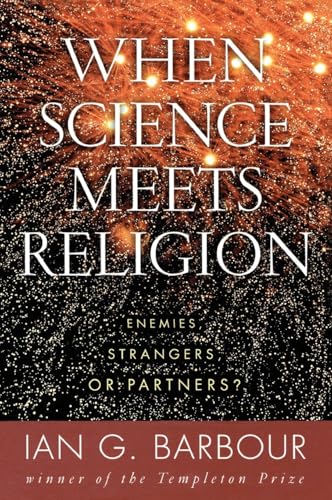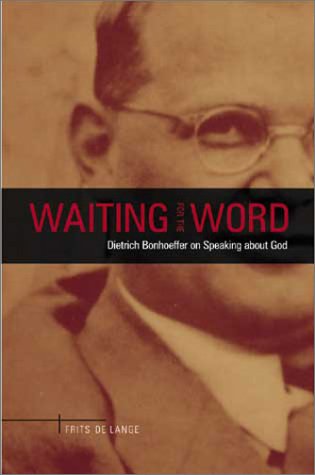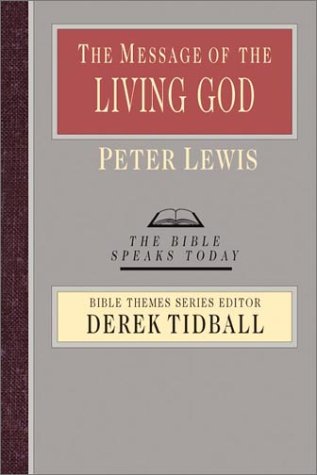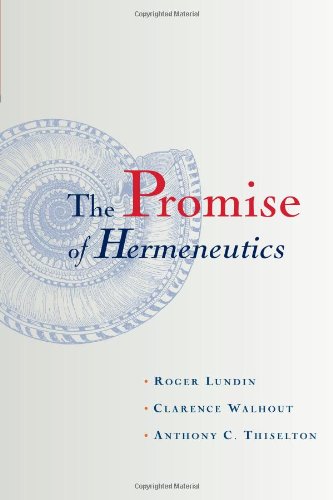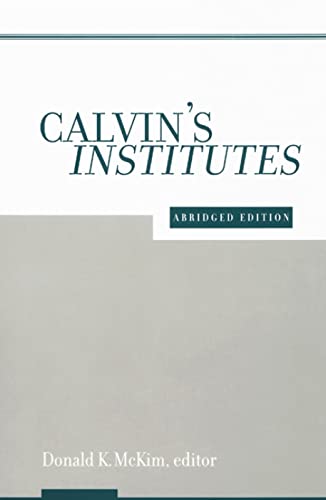Rites in the Spirit A Ritual Approach to Pentecostal/Charismatic Spirituality
Written by Daniel E Albrecht Reviewed By Herbert B. McGonigleIn terms of numerical growth Pentecostalism, including Neo-Pentecostalism or the Charismatic Movement, was the most significant phenomenon of the 20th Century Church. Beginning in the first year of that century, it grew rapidly, especially in North and South America, to a current estimated membership of five hundred million. Daniel Albrecht’s book claims to be an investigation of Pentecostal/Charismatic spirituality and at first sight the word ‘Rites’ seems strange in this connection. After all, Pentecostal preachers and writers have always made much of the essential spontaneity of their characteristic worship, claiming it was the direct outcome of the Spirit’s activity and not something that was structured by any kind of rite or liturgy. Albrecht maintains this claim but argues that ‘rites’ is an appropriate word to describe what he terms the ‘corporate worship service’ of Pentecostal/Charismatic churches.
The first chapter Is a very good summary of the rise of both the early 20th century Pentecostal movement and the mid 20th century Charismatic movement, except that the history is restricted to what happened In America. No mention is made of the beginnings of Britain’s Pentecostalism or Charismatic phenomena, both of which mirrored what was happening in America. In a similar way, the examination of three congregations, detailed in Chapter Two, is surprisingly localised. The three churches, Assemblies of God, Foursquare, and Charismatic, are all located In Sea City. California. We would have expected that the comparisons would have been made of congregations found in different regions of the USA and, perhaps, at least one of them from outside America.
Chapters 3 to 6 are occupied with looking in great detail at the Pentecostals’ ‘ritual field’ i.e. foundational doctrinal beliefs, the physical structure of the selected auditoriums, and the planning, conduct, expectation and ethos of the services, both on Sundays and weekdays. Described as the ‘key moments in a lifetime cycle’, for Pentecostals and Charismatics, are the doctrines of conversion (followed by baptism). Spirit baptism and the expectation of physical healing. Running throughout the book are presuppositions about Spirit Baptism that are central to Pentecostal theology, especially the claim that Spirit Baptism is always post-conversion and in most instances evidenced by glossalalia. i.e. speaking in tongues. There is no attempt to offer any Biblical proof for this claim but perhaps looking for such evidence is asking too much from a volume that does not set out to offer Biblical or theological arguments. The Preface informs us that ‘this is a book about and for Pentecostals’. so presumably there are theological assumptions that Professor Albrecht can count on among the majority of his readers. But it is nevertheless significant that one of the major premises of this book, and certainly the distinguishing premise, is an understanding of Spirit baptism that is not shared by a great number of equally committed Bible-believing evangelicals.
Describing the kinesthetic dimensions of Pentecostal worship the argument is: ‘According to traditional Pentecostal ritual logic, God is expected to move, but so are God’s worshippers’ (148). As the worshippers’ movements are described as ‘sway and even dance,’ then if God is ‘expected to move.’ presumably that means he also must sway and dance. The argument concludes: ‘Each congregation moves even as God moves.’ This either commits the Almighty to dancing and swaying or there is a confusion of thought as to what is meant by ‘God is expected to move.’ As this movement is described as manifesting the very highest spiritual experiences, may we not ask if there is no place left at all for that injunction of inspired Scripture: ‘Be still, and know that I am God’ (Ps. 46:10)?
This is a very informative book about Pentecostal/Charismatic churches and their practices. While its ‘rites of passage’ approach is not always gripping, and non-Pentecostal readers will be left with plenty of questions, still it provides a well-researched insight into the worship of these churches. The major question this reviewer has is about the subtitle: ‘A Ritual Approach to Pentecostal/Charismatic Spirituality.’ But the book is hardly about Pentecostal spirituality at all; it is all about Pentecostal worship! Although Professor Albrecht defines spirituality well as ‘the lived religious experience of the Christian faith’ (14), this book is not about everyday living and Christian experience. Everything it describes happens either on Sundays (usually the mornings) or one particular weekday evening—and it all happens inside churches and auditoriums. Spirituality is about the practical outworking of our faith, seven days a week, in the rough and tumble of life as we are beset with sins, temptations and disappointments alongside the presence of God and the daily enabling of his Spirit. This scholarly volume is really about Pentecostal/Charismatic worship—not spirituality.
Herbert B. McGonigle
Nazarene Theological College,
Manchester



